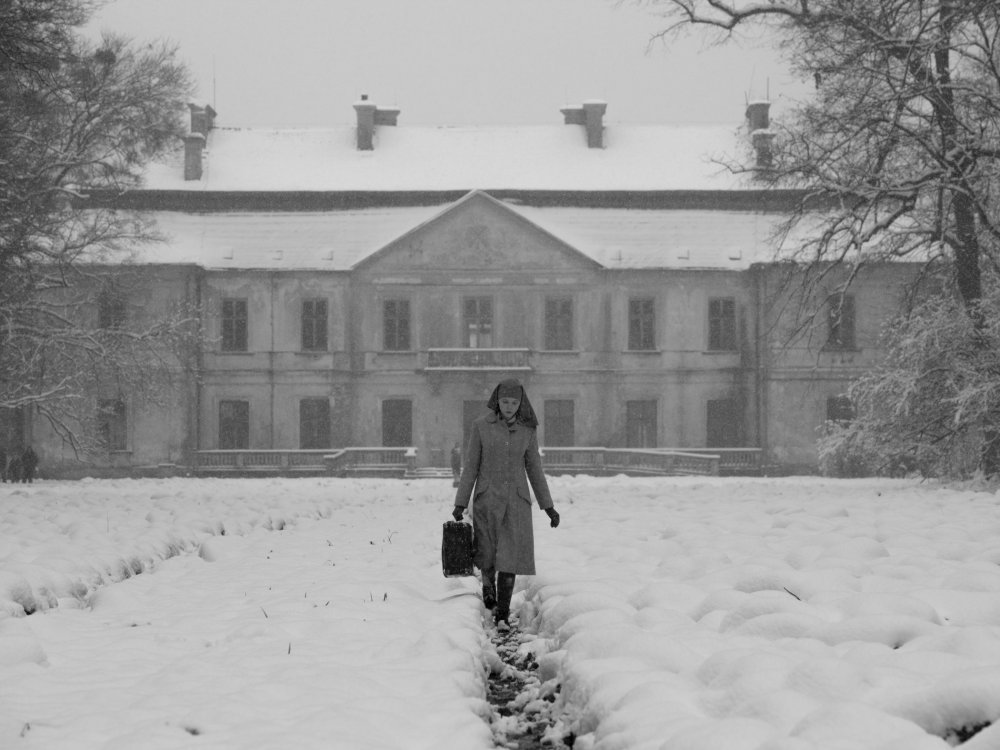Pawel Pawlikowski’s Ida does not really leave us even long after we finish watching this. This is surely a multi-layered film. Even though Ida apparently looks like a simple polish film set in the wintry weather of rural Poland, it has multiple historical references underneath. It is set in the 1962’s Poland but not restricted to a certain timeline. The facts of the film stretch from the late 1930s to the early 1960s. Ida carries significant historical circumstances and flows through a series of timelines. It is extremely necessary to be aware of the contemporary historical events surrounding Poland to understand the film. This film is surely a very serious film and overall a masterpiece. In spite of having multiple historical linkages, Ida can also be inferred as a “Road Movie”.
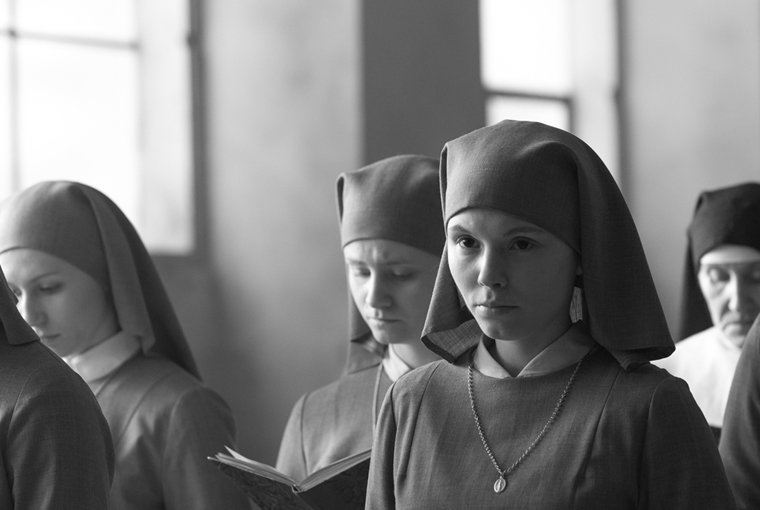
The film starts with a novice nun about to take her vows. Her name is Anna (Agata Trzebuchowska) and she has been brought up in the convent. In fact, the convent is her entire world. Her mother superior instructs her to meet Wanda Gruz (Agata Kulesza), who is her aunt and only living relative, before taking her vows. Anna meets Wanda and comes to know that she is a Jew and her actual name is Ida Lebenstein, the daughter of Roza and Haim Lebenstein. Wanda is a chain-smoker, drunkard, and sexually promiscuous woman. She was a state prosecutor on behalf of the communist regime post World War II Poland and ordered death sentences to many who opposed the regime. Wanda takes Lis (Dawid Ogrodnik), a Jazz musician, into her car while driving to a hotel and tries to make Ida interested in him, though she shows no interest initially.
Ida wants to find out the burial place of her parents. Wanda takes her on a ride to their ancestral village. Their house has been occupied by a fellow Christian Feliks Skiba and his family. They meet his father in a hospital to know more about what happened to their family. Feliks promises Ida to show her the burial place on a condition not to drag his aged father to this murder saga. Ida agrees and he goes to the woods and digs out the bones of her parents from the graveyard. Wanda and Ida get heartbroken and take the bones folding a cloth.
Wanda went to fight against the Germans on behalf of the communists keeping her son with Ida’s parents. Feliks murdered her son along with Roza and Haim. Ida was spared as she looked like a Christian baby, who was later given to a convent. Wanda and Ida bury the bones in their family graveyard. This incident changes the inner self of both women. Ida returns to her convent and Wanda continues with her smoking, drinking, and casual sex life. But, both of them are not the same persons anymore.
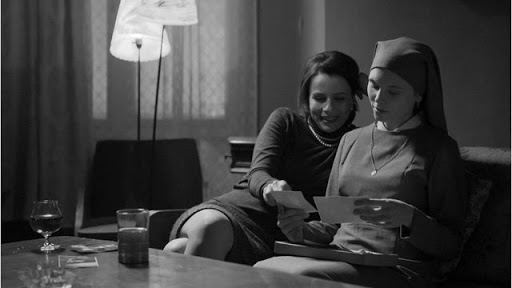
Ida is now not ready to take her vows. Wanda’s melancholy deepens and she commits suicide jumping off the window. Ida attends Wanda’s funeral and meets Lis again. This time they talk more and bond well. Ida wants to taste the life lived by Wanda. She wears Wanda’s evening gown, smokes a cigarette, and tries to drink alcohol. Lis teaches her to dance. They kiss and subsequently make love at night. Lis talks about marrying Ida and having a family of his own. Ida smiles but leaves for the convent when the dawn breaks. Lis remains asleep on the bed. A heartbroken story comes to an end.
Ida is built on the premise of a strong storyline. Even though many facts are not shown on screen and many words are not uttered, it signifies and brings forward multiple historical events. Great works of art do not showcase everything. Multiple relevant plot materials emerge during the process, which makes the film authentic and accurate. The historical events in the film engender a deep sense of tragedy and melancholy. More than three million Jews were slaughtered during the Holocaust. They were taken to the woods or some nearby places and shot dead.
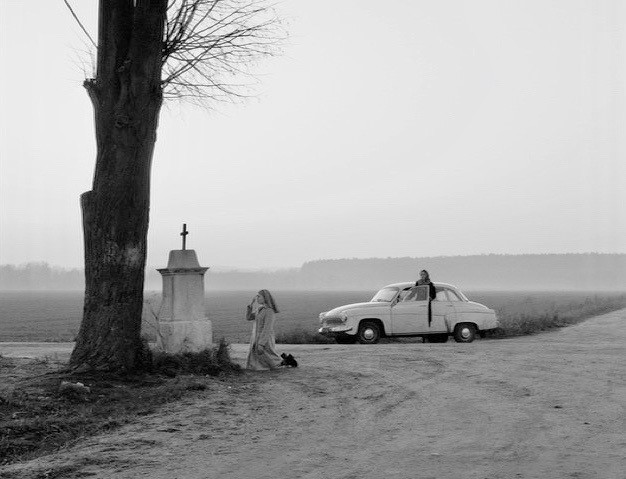
The villages and woods of rural Poland provide testimonials of the massacre during the German invasion of Poland. Ida shows us some glimpses of those profound tragedies as if there was no escape from the hellish land. After the war, the communists captured the power under the eyes of the Russian red army. Many independent opponents were sent to the gallows. Wanda is one of those prosecutors. The entire film is woven with tragedies and massacres even though a little is shown on screen and the majority remains unspoken and unseen behind the scenes. Pawlikowski’s Ida is a masterpiece in the truest sense.
Pawlikowski, who left Poland at the age of fourteen, returns to his Homeland and revisits his childhood with this mesmerizing film. Ida is a strong, dynamic, multilateral, historical, and overall a beautiful film. Pawlikowski tries to find his root through this film. Even though he was initially opposed, he sticks to the 4:3 aspect ratio for the film, which brings a new and vibrant look to the film. The camera is tilted upward to cover more ground above the characters. Lukasz Zal’s black and white cinematography is breathtaking. He captures some astonishing views of rural Poland under snowfalls and in wintry weather.
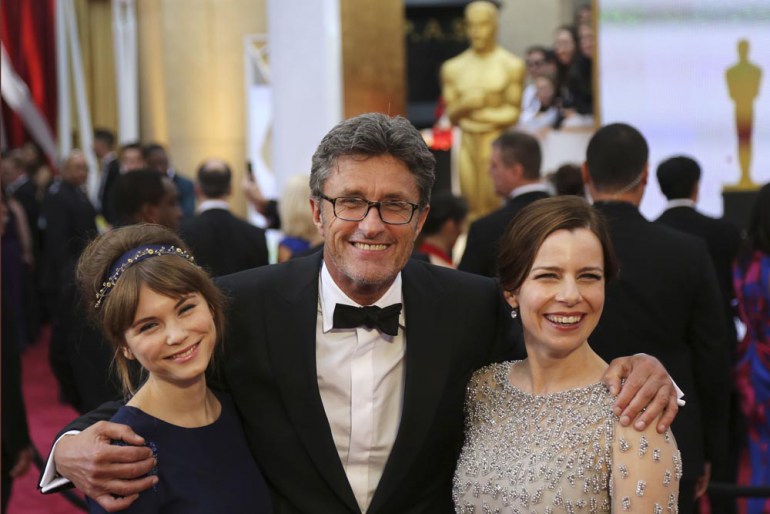
Except for the last two scenes, the camera is mostly static. Each frame is well thought of and constructed by the director himself. The film is so masterly woven with the historical events and the storyline that the viewers rarely find any loopholes. Pawlikowski deserves a great deal of credit for that. He shot the film with mostly Polish crew. Select pop and Jazz music pieces blend the underlying scenes perfectly. Agata Kulesza as Wanda Gruz is extremely strong. Debutant Agata Trzebuchowska as Ida or Anna is religious, melancholic, brilliant, and sensitive enough. Pawlikowski’s Ida remains a heartfelt tribute to his motherland.
